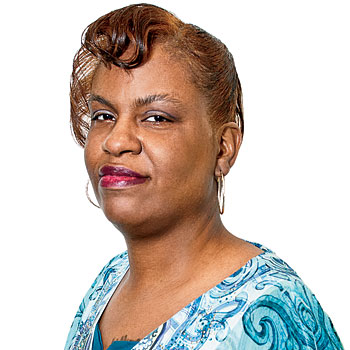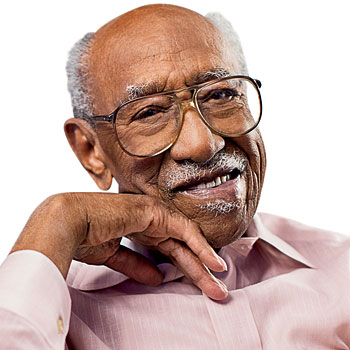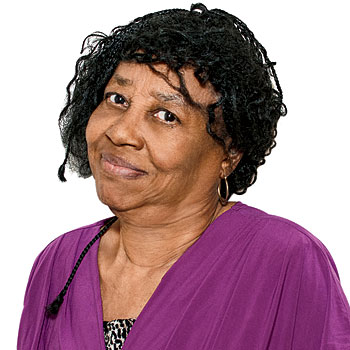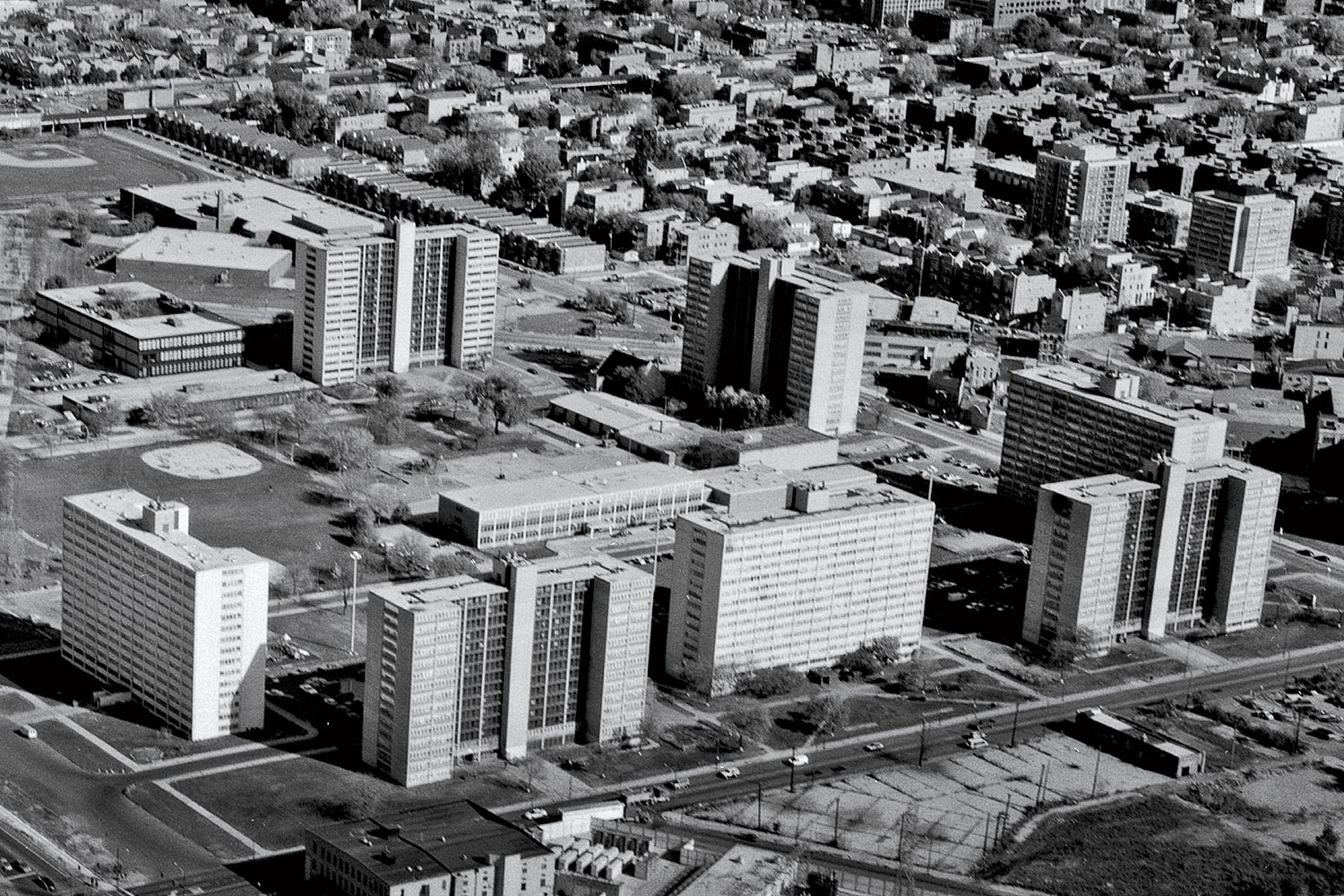PJ Paparelli, the artistic director of American Theater Company, has spent the past five years grappling with one big question: What is our country’s responsibility to the poor? He endeavored to answer it in the best way he knew how: through story. Along with writer-musician Joshua Jaeger, Paparelli interviewed roughly 100 Chicagoans, many of whom either lived in or studied public housing. The result is the new docuplay The Project(s), directed by Paparelli and opening at American Theater Company on April 24. It brings the complicated history of the city’s public housing to life through the words of people who experienced it. Here are five of them, introduced by their dialogue from the play.

Doreen Ambrose
Cabrini-Green
I think about the projects a lot. I guess I find comfort in those memories . . . When you’re a child, you don’t see all that; it’s your home—so you don’t know anything different.
Growing up in Cabrini-Green in the 1970s and ’80s, Ambrose saw two contrasting sides of a community. While she felt “a village was raising her,” says Paparelli, Ambrose also witnessed such tragedies as a friend’s murder. Now a poet, Ambrose has put these memories on paper. “As the play progresses, you see how her poetry is a means of processing both the good and the bad,” says Paparelli.

Timuel Black
Longtime South Side resident
Black people under 40 know little of the history of African Americans in Chicago; all life seems to have started when they were born. Much of the physical history of this area has been destroyed by the wrecker’s ball. Nothing but vacant lots remain.
A living legend, as Paparelli calls him, Black serves as the play’s griot. “It was important to me to get an African American voice of someone who is from the South Side but never lived in public housing,” says Paparelli of the historian and educator. “These stories need to be told so you understand the rich history of the South Side.”

Beatrice Harris
Wentworth Gardens
You have to think about the whole community, not just your piece of the pie. We’re all in this together. I don’t expect for nobody to come in here sayin’, “Well, I’m going to do this for you, Miss Harris.” You gotta do it yourself.
Beatrice Harris has long been one of Wentworth Gardens’ most vocal and effective leaders. The play follows Miss Harris, as she’s known, in her decades-long struggle to keep the housing development open and flourishing. “She is the epitome of perseverance and resilience,” Paparelli says.

Vickie Harris
Wentworth Gardens
I never grabbed a dictionary an’ looked up the word “project.” It was always home to me. But when I did, it was like an experiment, you know, somethin’ they was workin’ on and one day . . . one day, you gonna fix it.
Like her mother, Beatrice, Vickie is “very strong voiced, very stubborn, very strong willed,” says Paparelli. “Wentworth survived because of these multigenerational leaders’ efforts to build a strong, healthy community and to stand up and make noise when they faced injustice.”

D. Bradford Hunt
Roosevelt University professor
Here’s the big question: Who gets to decide what is good community?
As a white teen in suburbia, Hunt had his idea of poor blacks shaped by the television show Good Times. But a trip to the Chicago projects exposed him to a grittier side of urban poverty. That experience made a deep and lasting impression on the sociologist, whose character in the play details the pitfalls of isolating poor people from the rest of the city. “He’s so personally invested,” says Paparelli. “He looks at our collective impulses to help and the mistakes that we made.”



